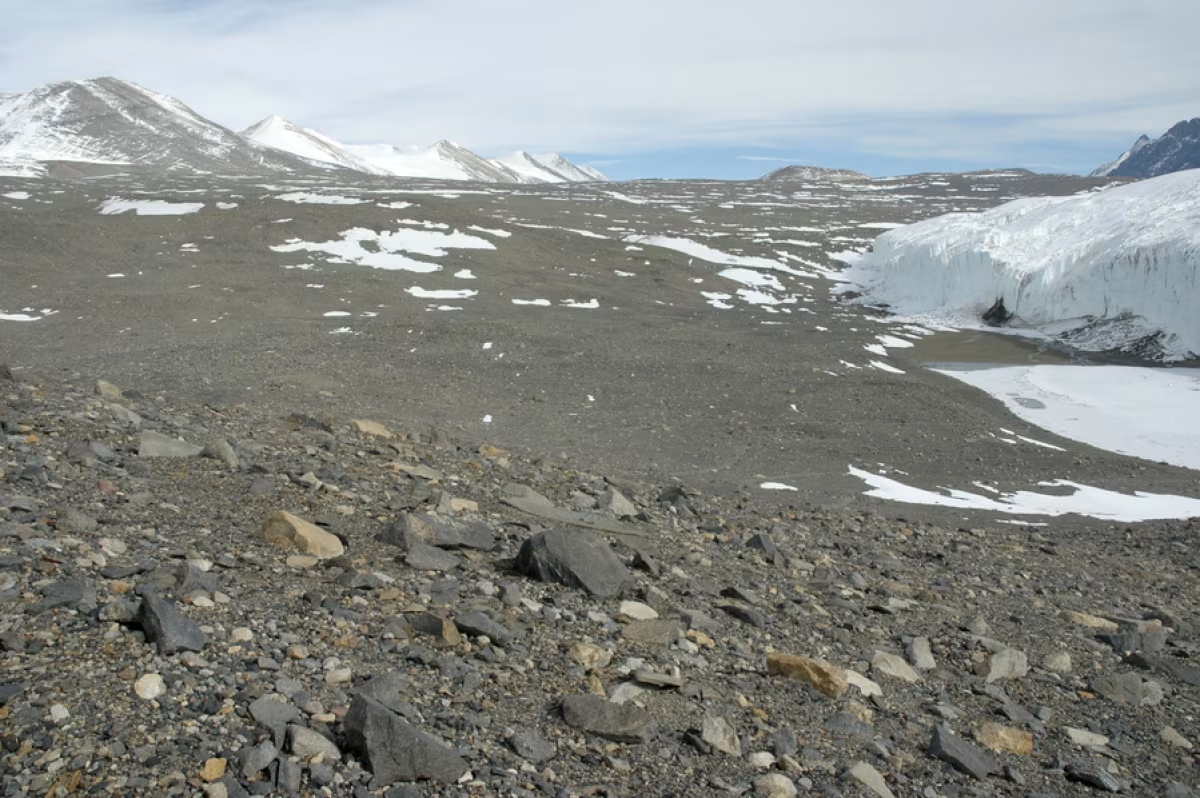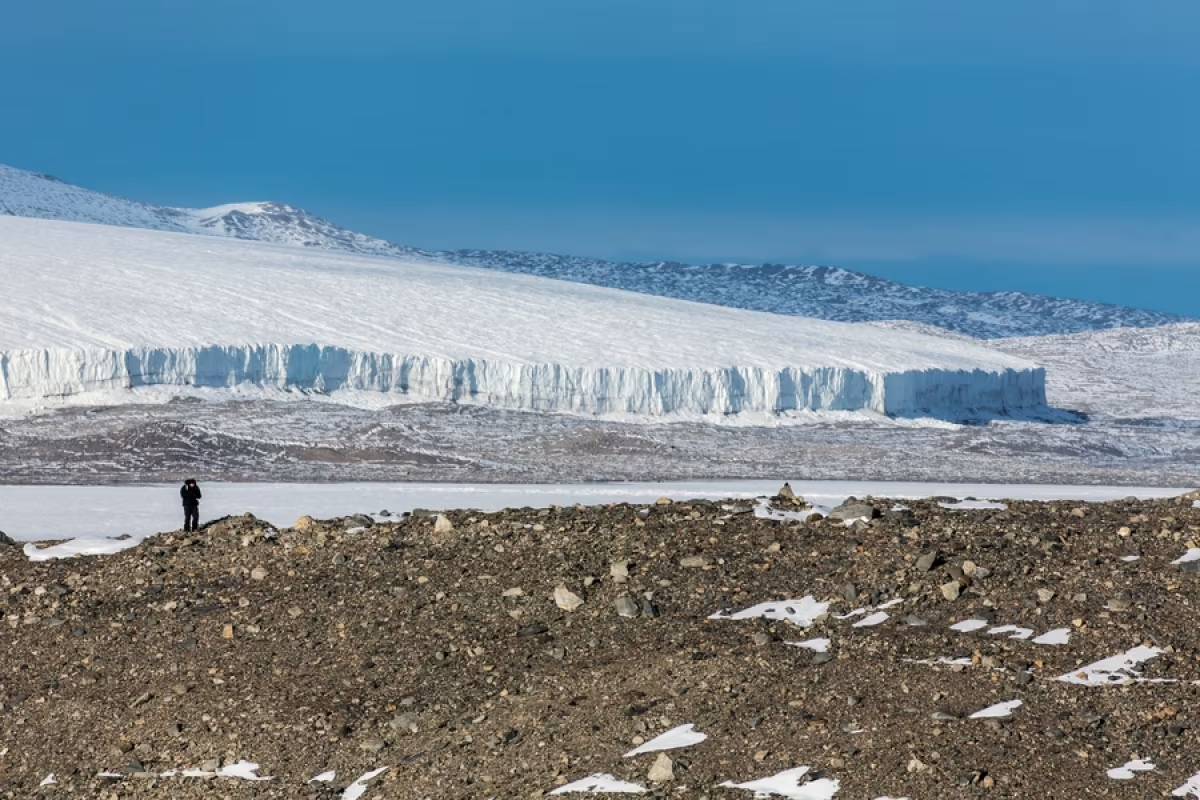The Dry Valleys
The McMurdo Dry Valleys are located on the western coast of McMurdo Sound and form the largest relatively ice-free area in Antarctica. Covering a surface area of approximately 4,800 square kilometres this ice-free area is unique in that its frozen lakes and extensive areas of exposed soil are subject to low temperatures, limited precipitation and salt accumulation and therefore represent a region of Earth where life approaches its absolute environmental limits.

The Dry Valleys are ice-free, or dry, because any precipitation that falls as snow on the valley floor is blown away by strong, dry katabatic winds, through the process of sublimation. The result is the Dry Valleys being cold, and one of the world’s most extreme deserts. The only ice that is found in the valleys is in the form of alpine glaciers along the steep valley sides and the permanent ice that covers the lakes on the valley floor. The conditions in the Dry Valleys are the closest you get to the conditions on Mars anywhere on Planet Earth.

Life in the Dry Valleys
When Captain Scott and his polar expedition first discovered the Dry Valleys in 1903 they believed the valleys to be void of any life. However, it turns out that a large variety of aquatic ecosystems thrive in the harsh climate due to glacier melt-streams that flow into the ice-covered lakes.
Ice-covered lakes in the Dry Valleys
The ice-covered lakes in the Dry Valleys provide a unique habitat for life to thrive. Some of the key characteristics of the lakes include:
- The ice-cover prevents wind-mixing resulting in a stable water column. This allows salt-water layers to persist over many years;
- It limits the speed at which nutrients, that accumulate in deep waters, can return to the upper layer of the lake;
- The thick ice blocks 80-99% of the sun’s energy.

These characteristics lead to the Dry Valleys lakes being dark, cold with a slow supply of nutrients and a slow-growth environment for different species. After a few steps in the Dry Valleys, you realize that even the seemingly lifeless polar deserts of high-arctic northeastern Spitsbergen are almost a tropical rain forest compared to the Dry Valleys, which are an Eldorado for geologists, glaciologist and other aficionados of stripped-down-to-the-bones-landscapes.
Helicopter flight to the Dry Valleys
We will land by Helicopter in Taylor Valley, one of the Dry Valleys and one of the most spectacular places on earth.

